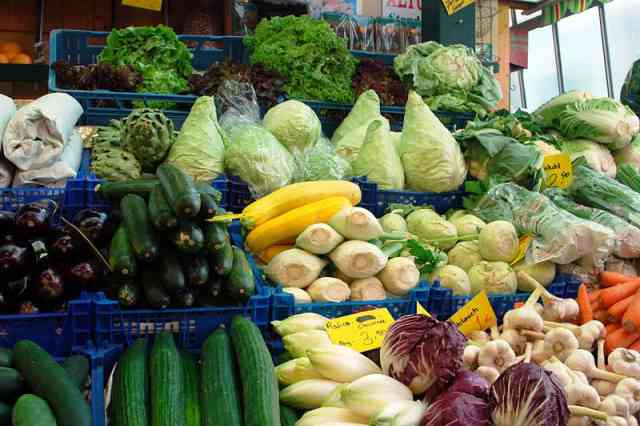 Tired of vegetables from the supermarket that are tasteless and deteriorate within days of purchase? Or even worse – do not deteriorate at all… Remember how the tomatoes and fresh beans and peas from Grandad's vegie patch used to taste? Are you wary of genetically modified food? Growing your own fresh vegetables is not difficult and apart from the wonderful taste, you will also know exactly what has gone into and on to your food.
Tired of vegetables from the supermarket that are tasteless and deteriorate within days of purchase? Or even worse – do not deteriorate at all… Remember how the tomatoes and fresh beans and peas from Grandad's vegie patch used to taste? Are you wary of genetically modified food? Growing your own fresh vegetables is not difficult and apart from the wonderful taste, you will also know exactly what has gone into and on to your food.
Last week we had a look at how to store excess garden produce, but to get there, let us have a look at how to start your own vegetable garden:
Location: The one really vital requirement for a successful vegetable garden is a sunny location. Leafy vegetables can be grown in partial shade, but vegetables producing fruit must be grown in direct sunlight. If the only sunny area is paved, or on the deck or balcony, then plant your vegetables in pots. There are quite a few varieties of vegetables developed expressly for this purpose, but you can also just use the normal ones. What you can grow in a container vegetable garden is limited only by the size of the container and your imagination.
How about a Summer Salad container? Plant a tomato, a cucumber and some parsley or chives all in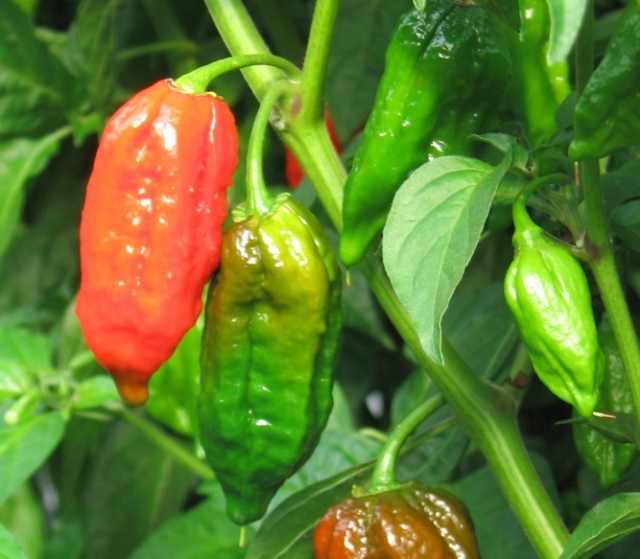 a large (24-30") container. They grow well together and have the same water and sun requirements. By late summer they might not be very pretty, but they will keep producing into the fall. This makes a great present, too.
a large (24-30") container. They grow well together and have the same water and sun requirements. By late summer they might not be very pretty, but they will keep producing into the fall. This makes a great present, too.
Soil: The soil in a vegetable garden needs to be well-draining with a good structure (nice and crumbly) that allows rapid root growth and easy access to nutrients, water and air. The incorporation of organic material such as household compost or composted animal manures helps to create suitable conditions for growth. It should be dug over to break up clumps of soil, but never dig when the soil is wet and sticky as this will cause clumping. If, however, you find digging difficult, or are faced with a compacted, poorly-drained site, then building up a "no-dig garden" with layers of straw, hay and compost above ground level will allow you to grow wonderful vegetables without the heavy work of digging over the bed (I will describe how to build up a no-dig garden in a later article).
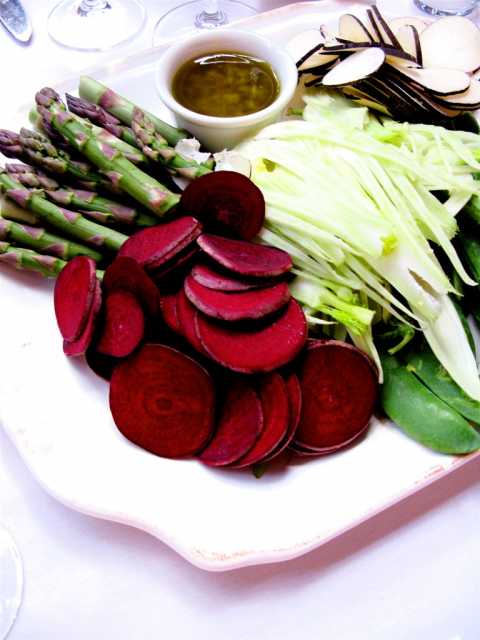 The degree of soil acidity (i.e. the pH) can affect nutrients available to plants. Most vegetables thrive in soil with a pH between 6 and 7. A simple pH test with a soil testing kit will indicate if your soil is too acid or too alkaline. Soils with plenty of organic matter added may need the addition of garden lime to raise the pH. For maximum growth, you may need supplementing with fertilizer to ensure that the plants have all the nutrients they need. However, do not over-fertilize. Water the soil well before sowing.
The degree of soil acidity (i.e. the pH) can affect nutrients available to plants. Most vegetables thrive in soil with a pH between 6 and 7. A simple pH test with a soil testing kit will indicate if your soil is too acid or too alkaline. Soils with plenty of organic matter added may need the addition of garden lime to raise the pH. For maximum growth, you may need supplementing with fertilizer to ensure that the plants have all the nutrients they need. However, do not over-fertilize. Water the soil well before sowing.
Sowing: Now you are ready to sow those miraculous little seeds - either self-collected or from a pack. It is usually best to sow in a straight line so that you can easily distinguish your vegetables from any weeds which may also sprout. The job may be made easier for small seeds by mixing them with sand and applying with a shaker to better control the sowing rate. A general rule that works for many seeds is that you plant them at a depth that is twice the diameter of the seed with a minimum depth of 1 cm. Water with a fine spray initially. The seeds need moisture to develop, so keep them moist, but do not drown them.
Coping with Pests: One of the great advantages of the home vegetable garden is the option of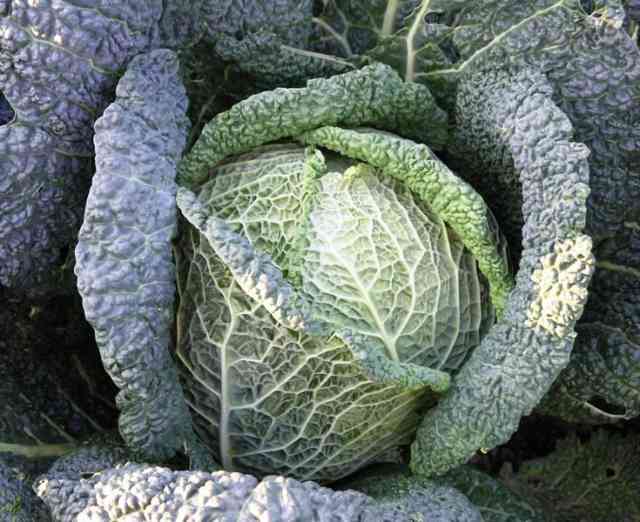 producing pesticide-free produce. You may have to settle for produce that is not as visually perfect as the shop-bought stuff and steel yourself to doing plenty of picking off and squashing of pests. Looking at your growing crop every day not only gives satisfaction, but can enable you to quickly detect any harmful insects and physically remove them. To prevent pest attacks you can also use some of the homemade, non-toxic insecticides (described in previous articles) and companion planting. Many plants and herbs are excellent as companion plants to repel bugs and attract bees for pollination. Snail bait is something that you may also need to use – or try a snail beer trap: Bury a container level with the ground and fill with beer. Slugs and snails find it irresistible and then drown happily.
producing pesticide-free produce. You may have to settle for produce that is not as visually perfect as the shop-bought stuff and steel yourself to doing plenty of picking off and squashing of pests. Looking at your growing crop every day not only gives satisfaction, but can enable you to quickly detect any harmful insects and physically remove them. To prevent pest attacks you can also use some of the homemade, non-toxic insecticides (described in previous articles) and companion planting. Many plants and herbs are excellent as companion plants to repel bugs and attract bees for pollination. Snail bait is something that you may also need to use – or try a snail beer trap: Bury a container level with the ground and fill with beer. Slugs and snails find it irresistible and then drown happily.
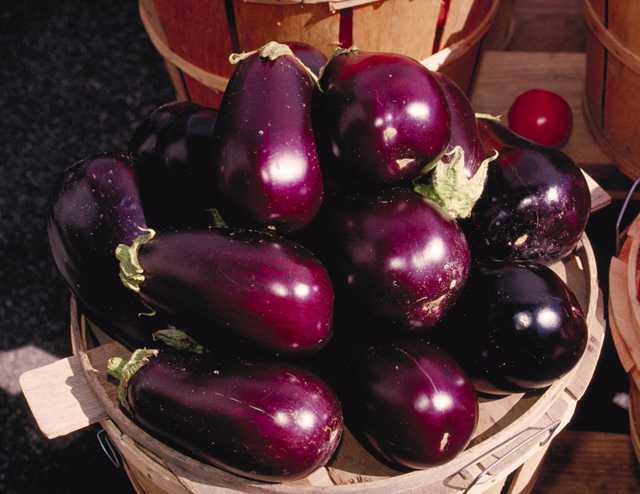 What to plant: The choice of vegetables depends on the likes and dislikes of those who are going to eat them. Do not waste garden space producing wonderful crops of, say, brussel sprouts, if no one in the family will touch them with a bargepole! Like all sensible producers, cater for your market, and sow seed successively to have an on-going supply. Tomatoes, capsicums (peppers), beans, peas, lettuce, carrots, radishes, and zucchini are all particularly easy and rewarding. Cucumbers, cauliflower and broccoli will also do well as will virtually all herbs. You do not need a huge space at all, and a vegie garden can be very decorative and ornamental.
What to plant: The choice of vegetables depends on the likes and dislikes of those who are going to eat them. Do not waste garden space producing wonderful crops of, say, brussel sprouts, if no one in the family will touch them with a bargepole! Like all sensible producers, cater for your market, and sow seed successively to have an on-going supply. Tomatoes, capsicums (peppers), beans, peas, lettuce, carrots, radishes, and zucchini are all particularly easy and rewarding. Cucumbers, cauliflower and broccoli will also do well as will virtually all herbs. You do not need a huge space at all, and a vegie garden can be very decorative and ornamental.
Other benefits, successful vegetable gardens offer their owners are fresh air, sunshine, exercise, enjoyment, mental therapy, nutritious fresh vegetables, and economic savings. Let the kids grow their own vegetables, too. I bet they will want to try their own produce so it is a great way of “tricking” them into liking vegetables. Vegetable gardens may be grown year-round, but spring is the preferred season.
Marc Vijverberg